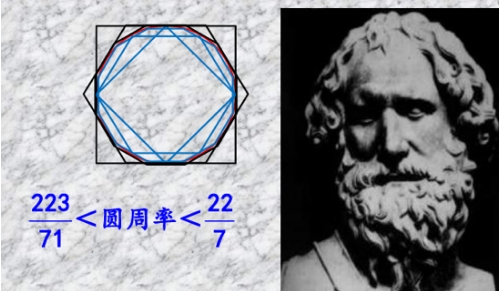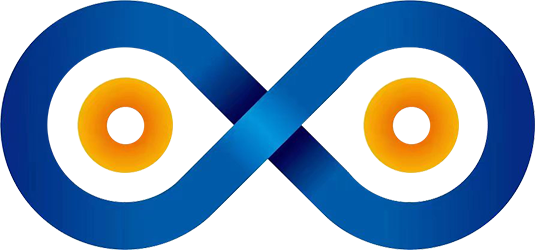International Pi Day∣π-HuB, a marvelous journey to the intersection of "π" and life sciences
03
2024

Origin of π Day
International Pi Day traces its origins back March 14, 1988, when Larry Shaw, a physicist at the San Francisco Science Museum, orchestrated an event where the museum's staff and participants circled the museum's monument in a circular motion, completing three and one-seventh revolutions (22/7, one of the approximations of π), and enjoyed fruit pies together. Afterwards, the San Francisco Science Museum carried on the tradition and celebrates the day every year. With the widely recognized approximation of π being approximately equal to 3.14, March 14 became the most appropriate day to commemorate Pi Day.

How π is calculated
Archimedes, the great mathematician of ancient Greece, pioneered the theoretical calculation of the approximate value of pi in the history of mankind. He used an iterative algorithm and numerical approximation on both sides to transform the circle into an inscribed 96-sided polygon and a circumscribed 96-sided polygon. Through this method, he determined the lower and upper bounds of pi as 223/71 and 22/7, respectively, and to take their average value of 3.141851 as the approximation of pi.

Around 480 AD, Zu Chongzhi, a mathematician during the Northern and Southern Dynasties, pioneered the open-density method to refine π to 7 decimal places, i.e., between 3.1415926 and 3.1415927. In addition, he derived two approximate fractional values, the ‘Milü’ of 355/113 and the ‘Yuelü’ of 22/7. These predate similar advancements in Europe by nearly 1,000 years.

Mischievous "π"
In 1768, Johann Heinrich Lambert proved that the value of pi is an irrational number.
With the advent of the computer age, mathematicians set out to catch the tail end of π. Through supercomputers working day and night for 108 days, the most accurate value of π is now more than 62.8 trillion decimal places, and it is known as the most beautiful and magical mathematical constant, which is contained in every corner of the world.
Bringing together the endless pursuit of life sciences in the name of π
The Proteomic Navigator of the Human Body is known as "π-HuB" for short. Let's find out what the project and π have in common.
π is the result of countless calculations by different mathematicians throughout history and the result of the wisdom of the world's scientists. The "π-HuB" project is an international scientific project addressing human health problems through multinational cooperation and multidisciplinary intersection, and to realize sharing and common efforts.
π symbolizes the perfection of a circle, while the human body is likened to a wondrous circle. Leonardo da Vinci's famous painting "The Vitruvian Man" shows the beauty of the human body and embodies the mysteries of life science.

π is an irrational number that symbolizes infinity. Likewise, the proteome is also an ever-changing process, presents an unbounded frontier for exploration.

